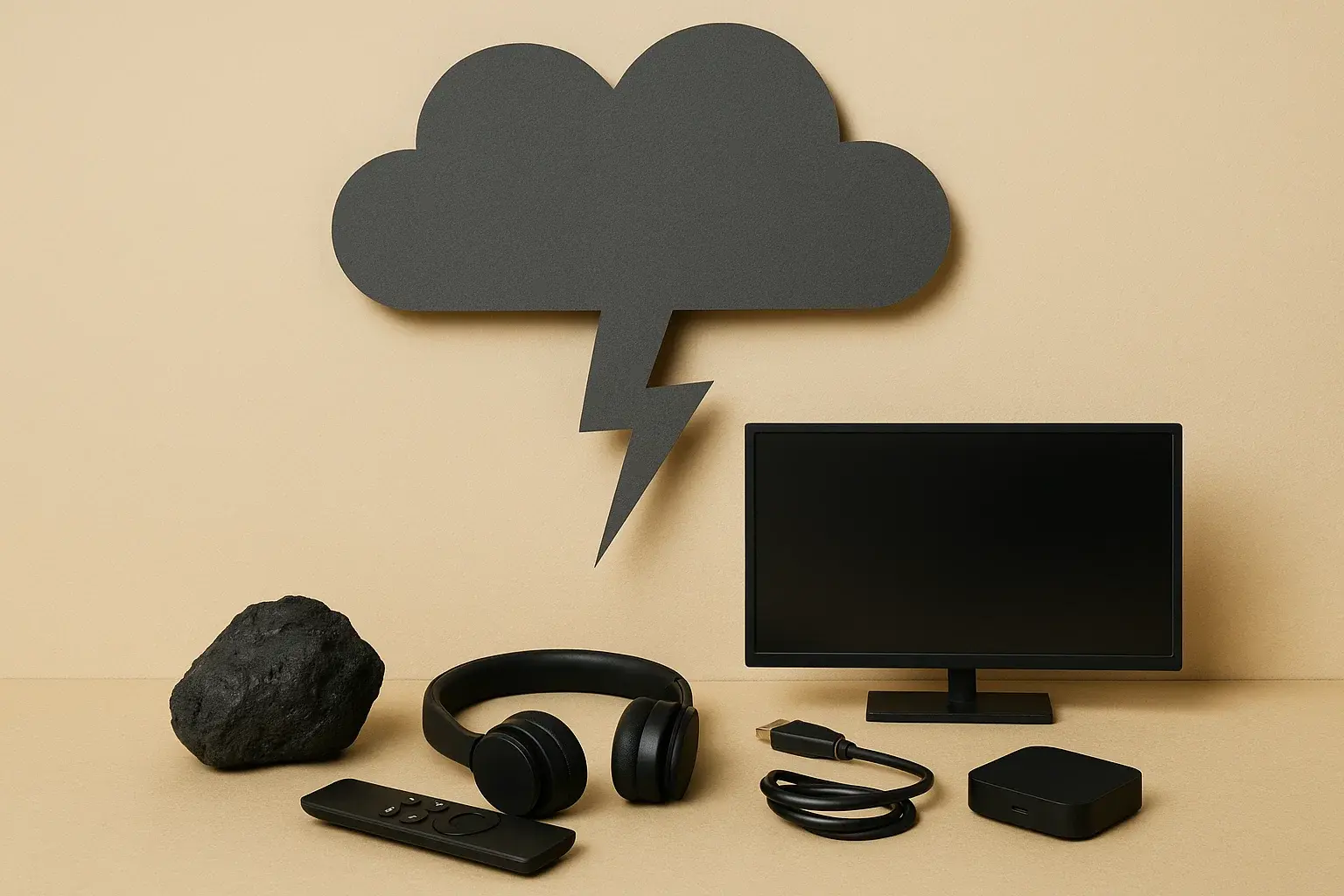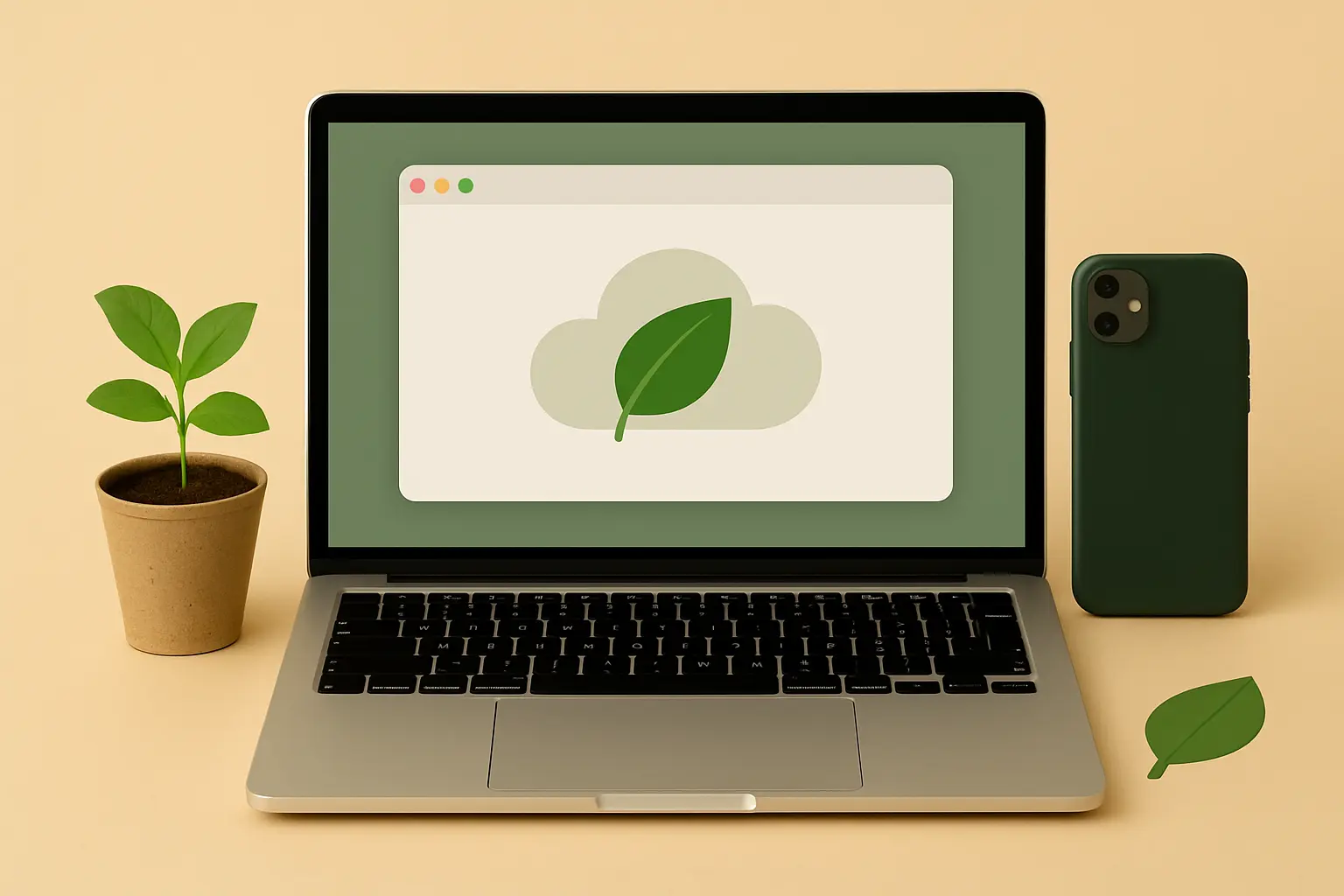The Silent Sustainer: Why Timely Software Updates Are Key to Tech Longevity and Sustainability

In our fast-paced technological landscape, the focus often lies on the latest hardware innovations – faster processors, brighter screens, and sleeker designs. While these advancements capture our attention, a less glamorous yet equally crucial aspect of our digital ecosystem often goes unnoticed: software updates. These periodic revisions and enhancements to the operating systems and applications that power our devices are not merely about introducing new features or fixing minor bugs. In fact, maintaining a consistent schedule of software updates plays a vital, albeit often underestimated, role in extending the lifespan of our technology and contributing to a more sustainable digital world.
The connection between software updates and sustainability might not be immediately obvious. However, when we delve deeper into the lifecycle of our devices and the environmental impact of their premature obsolescence, the importance of regular software maintenance becomes strikingly clear. Infrequent or neglected software updates can lead to a cascade of issues that ultimately shorten the usable life of our gadgets, contributing to the growing mountain of electronic waste and the unsustainable cycle of constant consumption. By understanding the critical role of timely software updates in maintaining device health, security, and compatibility, we can shift our habits and demand longer-term software support, fostering a more resource-efficient approach to technology ownership.
The Perils of Neglecting Updates: A Threat to Longevity and Security
When software updates are infrequent or ignored, our devices become increasingly vulnerable on multiple fronts:
Security Vulnerabilities: An Open Door to Threats
One of the most significant reasons for prioritizing software updates is security. Software, by its complex nature, often contains vulnerabilities that can be exploited by malicious actors. Developers regularly release updates to patch these security flaws, protecting our devices and the sensitive data they contain from malware, viruses, and unauthorized access. Infrequent updates leave these vulnerabilities unaddressed, making our devices easy targets for cyber threats and potentially compromising our personal information. A device riddled with security holes is not only a risk to its user but may also be deemed unusable by security-conscious individuals and organizations, hastening its premature retirement.
Performance Degradation: The Slow Decline
Over time, without regular software maintenance, the performance of our devices can gradually degrade. Operating systems and applications evolve, and older software versions may not be optimized for newer apps or the increasing demands of modern digital tasks. This can lead to sluggish performance, frequent crashes, and an overall frustrating user experience. While some users might attribute this decline to the age of the hardware, often, it is the outdated software struggling to keep up that is the primary culprit. This perceived obsolescence can prematurely push users to purchase new devices, contributing to unnecessary electronic waste.
Compatibility Issues: Stranded in the Past
The digital world is constantly evolving, with new software versions, file formats, and communication protocols emerging regularly. Devices running outdated software can become increasingly incompatible with these newer standards, limiting their functionality and isolating users from the latest digital experiences. For instance, an old operating system might not support the latest versions of popular apps or may have difficulty accessing certain websites. This functional obsolescence, driven by a lack of software updates, renders otherwise capable hardware unusable for many tasks, again contributing to the cycle of premature device replacement.
The Power of Proactive Maintenance: Alternatives for Device Longevity
Fortunately, the solution to the problem of infrequent software updates lies in embracing proactive maintenance and supporting alternatives that prioritize long-term software support:
Scheduled Updates: Taking Control of Device Health
Many modern operating systems and applications offer the option to schedule software updates. By taking the time to configure our devices to automatically check for and install updates at regular intervals, we can ensure that our software remains current without requiring constant manual intervention. Setting a consistent update schedule, perhaps during off-peak hours when the device is not in active use, can seamlessly integrate this crucial maintenance into our digital routines. This simple habit shift significantly improves the security, performance, and compatibility of our devices over their lifespan, contributing to their longevity.
Auto-Patching Tools: Automating Security and Stability
For more critical systems, such as those used in businesses or by individuals with heightened security concerns, auto-patching tools offer an even more proactive approach to software maintenance. These tools automatically detect and install security patches and updates as soon as they become available, minimizing the window of vulnerability and ensuring system stability without requiring user interaction. While typically employed in more complex IT environments, the underlying principle of automated patching highlights the importance of continuous software maintenance for security and longevity. As our personal devices become increasingly integrated into sensitive aspects of our lives, the adoption of more automated update mechanisms could become more prevalent.
Long-Term Support Versions: A Commitment to Extended Lifespan
Recognizing the importance of software longevity, some operating systems and software providers offer Long-Term Support (LTS) versions. These versions are specifically designed to receive security updates and critical bug fixes for an extended period, often several years beyond the standard support window. Choosing devices or operating systems that offer LTS options can significantly extend the usable lifespan of our hardware by ensuring continued software compatibility and security even as the broader technological landscape evolves. Ubuntu and Microsoft Windows LTS are prominent examples in the desktop operating system realm, offering users a stable and supported platform for an extended duration, reducing the need for frequent full system upgrades driven by software obsolescence. Similarly, Google's Android One program aims to provide consistent and timely software updates for a longer period on participating devices.
The Sustainable Impact of Timely Updates
By embracing scheduled updates, utilizing auto-patching tools where appropriate, and opting for devices with long-term support versions, we can collectively shift our digital habits towards a more sustainable model. Regularly updated software not only safeguards our security and maintains optimal device performance but also plays a crucial role in extending the usable lifespan of our hardware. By keeping our devices running smoothly and securely for longer, we reduce the demand for new devices, thereby conserving valuable resources, minimizing electronic waste, and lessening the environmental impact of our digital consumption. In the realm of conscious technology, the often-silent act of keeping our software up to date is a powerful and essential contribution to a more sustainable future.
Related Blogs

Neutralizing Your Tech Footprint: Choosing Carbon-Neutral Tech Purchases
Support climate action by opting for carbon-neutral certified tech and offset programs.

The Silent Energy Thief: Cutting Down Idle Device Usage for a Sustainable Digital Footprint
Improve energy efficiency and extend device life by implementing power-saving settings.

The Unseen Gigabytes: Cutting Your Streaming Carbon Footprint
Reduce your digital carbon footprint by adjusting streaming quality and habits.

Swipe Right on Sustainability: How Digital Decluttering Cultivates a Greener Lifestyle
Insights on digital decluttering for a greener lifestyle in a sustainable way.

Decoding Disposal: Your Essential Guide to Responsibly Recycling E-Waste
Insights on the rise of ethical tech in a sustainable way.

Surfing Sustainably: Unveiling the World of Eco-Friendly Browsing
Insights on eco-friendly browsing in a sustainable way.
Stay in the Loop
Get tips and insights tailored to your interests — no spam, just sustainability.